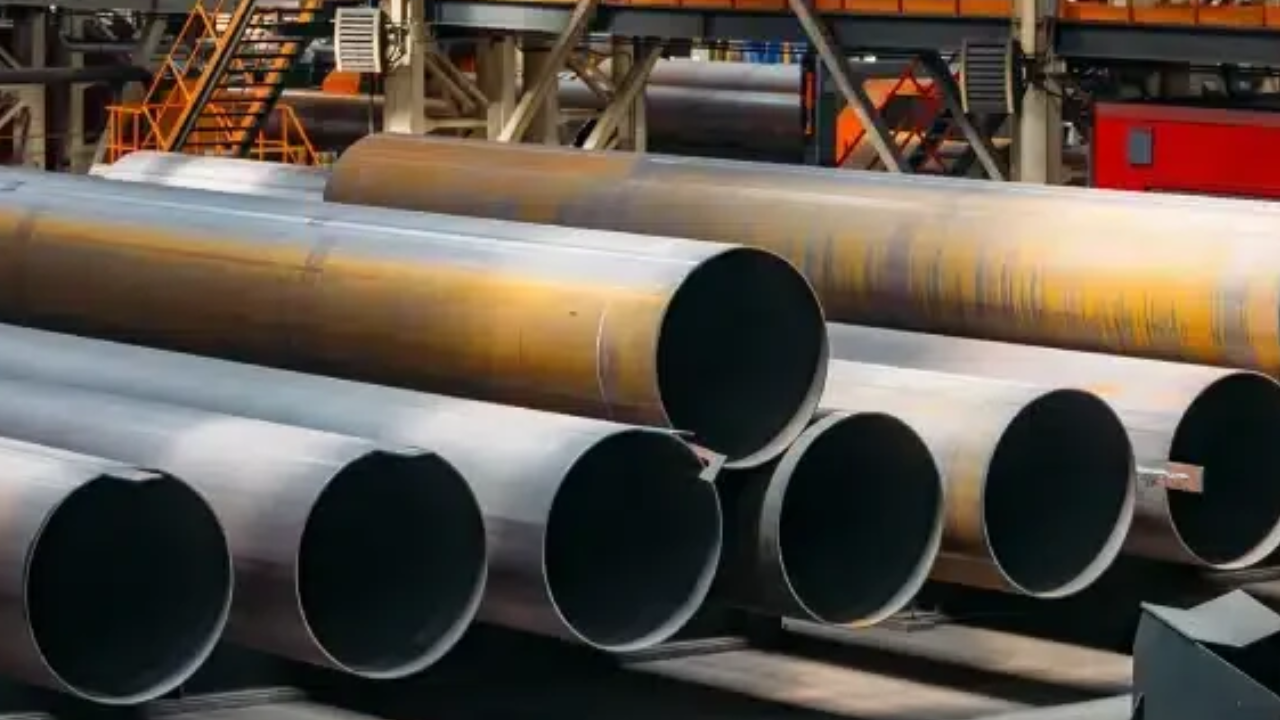In the global of plumbing and production, deciding on the right piping material is essential for ensuring sturdiness, efficiency, and protection. Famous alternatives black iron pipe and galvanized pipe ever come with distinct physical properties that cater to special applications. Black iron pipe, regarded for its electricity and high-temperature resistance, is regularly applied in high-pressure systems and fireplace protection.
However, it's miles liable to rust and corrosion while exposed to moisture. Then again, galvanized pipe, covered with zinc to enhance corrosion resistance, excels in outside and moisture-wealthy environments, making it a go-to choice for irrigation and drainage. Understanding the important properties of varieties of pipes can considerably affect venture outcomes.
From fabric composition and thermal conductivity to installation strategies and protection concerns, each issue plays a crucial role in performance. This article will explore the distinguishing physical properties of black pipe vs galvanized pipes, providing insights into a good way to assist experts with knowledgeable selections tailor-made to their unique needs.
What Benefits Does Using Galvanized Pipe Offer Over Black Iron Pipe?
Galvanized pipe offers several benefits over black iron pipe. Its zinc coating presents super corrosion resistance, making it ideal for outside and humid environments. This reduces preservation wishes and prolongs lifespan. The galvanized pipe also has a smoother indoor floor, which complements fluid flow and minimizes buildup. Additionally, it could stand up to better pressures and is less susceptible to rust, making it suitable for diverse applications, including water supply and drainage systems. Overall, galvanized pipe guarantees durability and reliability in challenging situations.
Key Physical Properties of Black Iron Pipe vs. Galvanized Pipe
Black iron and galvanized pipes are vital materials used throughout numerous industries, from plumbing to production. Their specific bodily houses extensively affect their overall performance in specific programs. This text will explore the distinctions between black iron and galvanized pipes, focusing on their cloth composition, corrosion resistance, thermal properties, and greater. With the aid of understanding these variations, experts can make informed picks for his or her tasks.
Thermal Conductivity and Performance
The capacity of a material to behave warmly is crucial in lots of applications, mainly in heating systems. Black iron pipe boasts remarkable thermal conductivity, allowing for efficient warmth transfer, which is essential in fireplace sprinkler structures and commercial heating programs. Galvanized pipe additionally conducts heat, but won't carry out as effectively under high-temperature conditions. Knowledge of these thermal properties is critical for selecting the ideal pipe in temperature-sensitive environments.
Mechanical Strength: Durability Under Stress
While assessing mechanical strength, black iron pipe often outshines its galvanized counterpart. It possesses better tensile power, making it appropriate for high-pressure packages. But, black iron can be extra brittle, leading to fractures underneath the impact. Galvanized pipe, while generally weaker, benefits from its zinc coating, which gives extra durability against external forces. Evaluating mechanical strength is vital for ensuring safety and functionality in traumatic applications.
Weight and Handling Considerations
The weight of piping materials impacts both setup and transportation. Black iron pipes are usually heavier, which can complicate handling and require more sturdy assist structures at some stage in installation. This delivered weight necessitates cautious planning and extra hard work. In contrast, galvanized pipes are lighter and less complicated to govern, making them more convenient for residential plumbing tasks. Those weight differences can impact venture timelines and expenditure fees.
Economic Factors: Initial Cost vs. Longevity
The initial cost of piping substances is often a finding-out aspect in task-making plans. Black iron pipes are normally less expensive upfront, and attractive to budget-aware initiatives. However, their susceptibility to corrosion may also cause higher long-term preservation charges. Conversely, galvanized pipes require better initial funding but frequently prove more competitively priced over time due to their durability and lower upkeep costs. Assessing each instant charge and long-term period price is crucial for making knowledgeable choices.
Environmental Impact Evaluation
The environmental implications of the use of black iron as opposed to galvanized pipes are important to remember. Black iron pipes can contribute to soil and water infection through rust and corrosion. Galvanized pipes, even more, immune to environmental degradation, involve chemical strategies in their production that may have ecological consequences. Analyzing the environmental effect of each type of pipe facilitates making sustainable selections that align with modern ecological standards.
Safety Considerations in Material Selection
Protection is paramount while choosing piping substances, particularly in excessive-strain or corrosive environments. Black iron pipes can present dangers of rust contamination, just as galvanized pipes can also launch dangerous substances if the zinc coating deteriorates. Expertise in the protection implications of each cloth is critical for making knowledgeable selections that defend both users and the surroundings.
Conclusion
Understanding the important physical properties that distinguish black iron pipe from galvanized pipe is crucial for making knowledgeable picks in diverse programs. inclusive of thermal properties, mechanical strength, weight, and monetary concerns all play significant roles in determining the most appropriate pipe for a given project. By carefully comparing these differences, experts can make certain top-of-the-line performance and protection in their piping structures.


